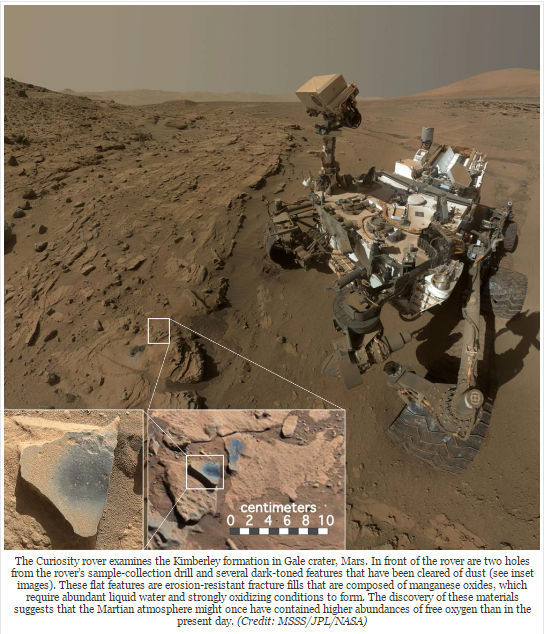Secure quantum transmission of data from orbiting satellites has now been confirmed
07/25/2017 / By Robert Jonathan

Japan’s National Institute of Information and Communications Technology (NCIT) says it has succeeded in demonstrating the first quantum-communications experiment from space.
Originally established in 2004, NCIT is the country’s primary R&D agency for information and communications technology.
The agency announced that an optical ground station in the Koganei city area of Tokyo correctly received data from what it describes as a the world’s smallest and lightest quantum-communications transmitter that was on-board the SOCRATES, a low-earth orbiting microsatellite that weighs just 110 pounds.
SOCRATES derives its name from Space Optical Communications Research Advanced Technology Satellite, which was originally launched on May 24, 2014.
The SOTA transponder is just seven inches long, four inches wide, and 10 inches high, and weights a mere 13 pounds. With a laser signal, the device transmitted data at 10 million bits per second from an orbit about 373 miles above the earth.
“SOTA encoded ones and zeroes onto the polarization of light, firing them at the NICT optical ground station in Koganei at the rate of 10 Mbps…A one-meter telescope received the pulses and passed them to a quantum receiver,” The Register of London explained about what it characterized as Japan joining the quantum space race.
Based on these results, the NCIT believes that such quantum signals using low-bandwidth quantum key distribution (QKD) can be replicated by other small and relatively inexpensive satellites, thereby making the technology more widely available throughout the space industry. (Related: Read more about orbiting satellites at Space.news.)
The NCIT maintains that this test serves as an important step in the development of “a global long-haul and truly-secure satellite communication network,” adding that in the future it plans to implement quantum cryptography for secure data transfer as it works toward faster transmission speeds and more precise tracking technology.
The quantum communications technology is a cutting-edge mode that researchers base on quantum mechanics which allows for information to be sent “using a transmission power which is several orders of magnitude smaller than ordinary optical communication by encoding one bit per transmitted photon.”
A more detailed discussion of the NCIT experiment will be published in an upcoming issue of Nature Photonics.
Watch a brief video about the quantum communications experiment.
Separately, Russia recently launched a Soyuz-2-1v rocket from the Plesetsk space center in the country’s northwest Arctic region that carried a defense ministry orbiting satellite called Kosmos 2519. There is some speculation that the satellite may have a mission that goes beyond benign scientific data collection or communications. It may have a military application for guiding long-range ballistic missiles.
Sources include:
Tagged Under: encryption, Japan, National Institute of Information and Communications Technology, quantum communications, quantum mechanics, satellite signals, satellites, secure communications



















